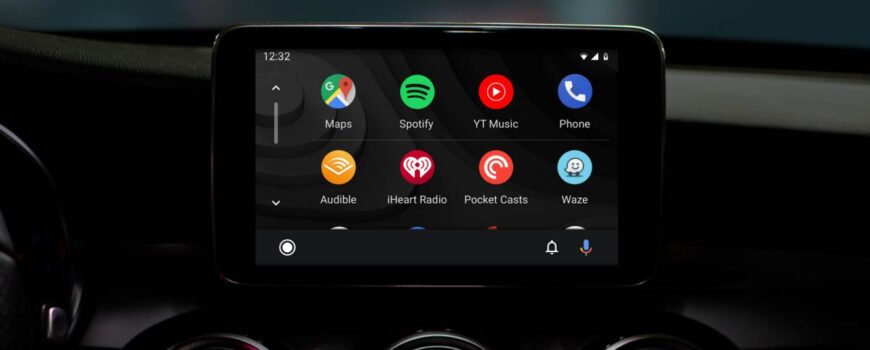The world is so connected these days that even vehicles have become part of our digital ecosystem. Infotainment Android systems are at the forefront of this revolution, integrating everything from GPS navigation to streaming services. However, with this increased connectivity comes the responsibility to address security concerns. Understanding how to protect your infotainment Android system is crucial for a safe driving experience.
The Rising Popularity of Infotainment Android Systems
Infotainment Android systems are gaining popularity due to their user-friendly interfaces and the many applications they support. Drivers can enjoy music, use GPS navigation, and even access their favourite apps while on the go. But as these systems become more integrated with our daily lives, the potential risks associated with them also increase.
Common Security Risks in Infotainment Android Systems
The primary security concern with infotainment Android systems is their vulnerability to hacking. Hackers can exploit these systems to access personal information, manipulate vehicle controls, and even track a vehicle’s location. The following points highlight the main security risks:
· Data Theft: Personal data, such as contacts, messages, and browsing history, can be accessed through these systems.
· Vehicle Control: Hackers can potentially control vehicle functions like brakes and steering.
· Location Tracking: Unauthorized access can lead to tracking the vehicle’s location.
· Malware Infections: Downloading unverified apps can introduce malware into the system.
Ensuring Security in Infotainment Android Systems
Addressing these security concerns requires a multi-faceted approach involving both manufacturers and users. Here are some key strategies to enhance security:
- Regular Software Updates
Ensure that the infotainment Android system receives regular updates from the manufacturer. These updates often include patches for security vulnerabilities.
2. Secure App Installation
Download apps only from trusted sources like Google Play Store. Avoid sideloading apps from unknown websites, as these can carry malware.
3. Strong Passwords
Use strong, unique passwords for your infotainment system’s accounts. Avoid common passwords that are easy to guess.
4. Two-Factor Authentication (2FA)
Enable two-factor authentication for any apps that support it. This adds an extra layer of security by requiring a second form of verification.
5. Data Encryption
Ensure the system supports data encryption, protecting sensitive information from unauthorized access.
6. Firewalls and Antivirus Software
Use firewall and antivirus software designed for infotainment Android systems to detect and prevent malicious activities.
Best Practices for Manufacturers
Manufacturers of such products must prioritize security to protect consumers and maintain trust. Implementing robust cybersecurity measures is crucial, with regular software updates to address vulnerabilities and ensure protection against the latest threats. Encrypting data transmissions between vehicles and external devices is essential to prevent unauthorized access. Incorporating multi-layered security features like firewalls and intrusion detection systems can further safeguard against breaches.
Additionally, it is essential to educate consumers about safe usage practices, such as avoiding public Wi-Fi and using strong passwords. Collaborating with cybersecurity experts for thorough testing and vulnerability assessments before product launches can help identify and mitigate risks.
The Role of the Users
Users play a crucial role in ensuring the security of infotainment Android systems. By regularly updating their systems, they protect against known vulnerabilities. Users should employ solid and unique passwords and avoid connecting to unsecured Wi-Fi networks to prevent unauthorized access. Being cautious about downloading apps and only using trusted sources reduces the risk of malware.
Additionally, users should enable encryption features and stay informed about potential security threats. Educating themselves on safe usage practices and reporting suspicious activity helps maintain the overall security and functionality of their infotainment Android systems.
Future Trends in Infotainment Security
As technology advances, so will the methods used to secure infotainment systems. Here are some trends to watch:
· Blockchain Technology: This could create secure, tamper-proof systems.
· Artificial Intelligence: AI can help identify and respond to security threats in real time.
· Biometric Authentication: Fingerprint or facial recognition can add an extra layer of security.
To Sum Up
Security in infotainment Android systems is a luxury and a necessity in our connected world. Choose products that offer actual value for your money, reliable performance, and enhanced security. By following these best practices, manufacturers can ensure their infotainment Android systems remain secure, reliable, and user-friendly, ultimately delivering a safer and more satisfying customer experience.
Stay secure, stay connected, and enjoy the ride with innovative infotainment solutions.

